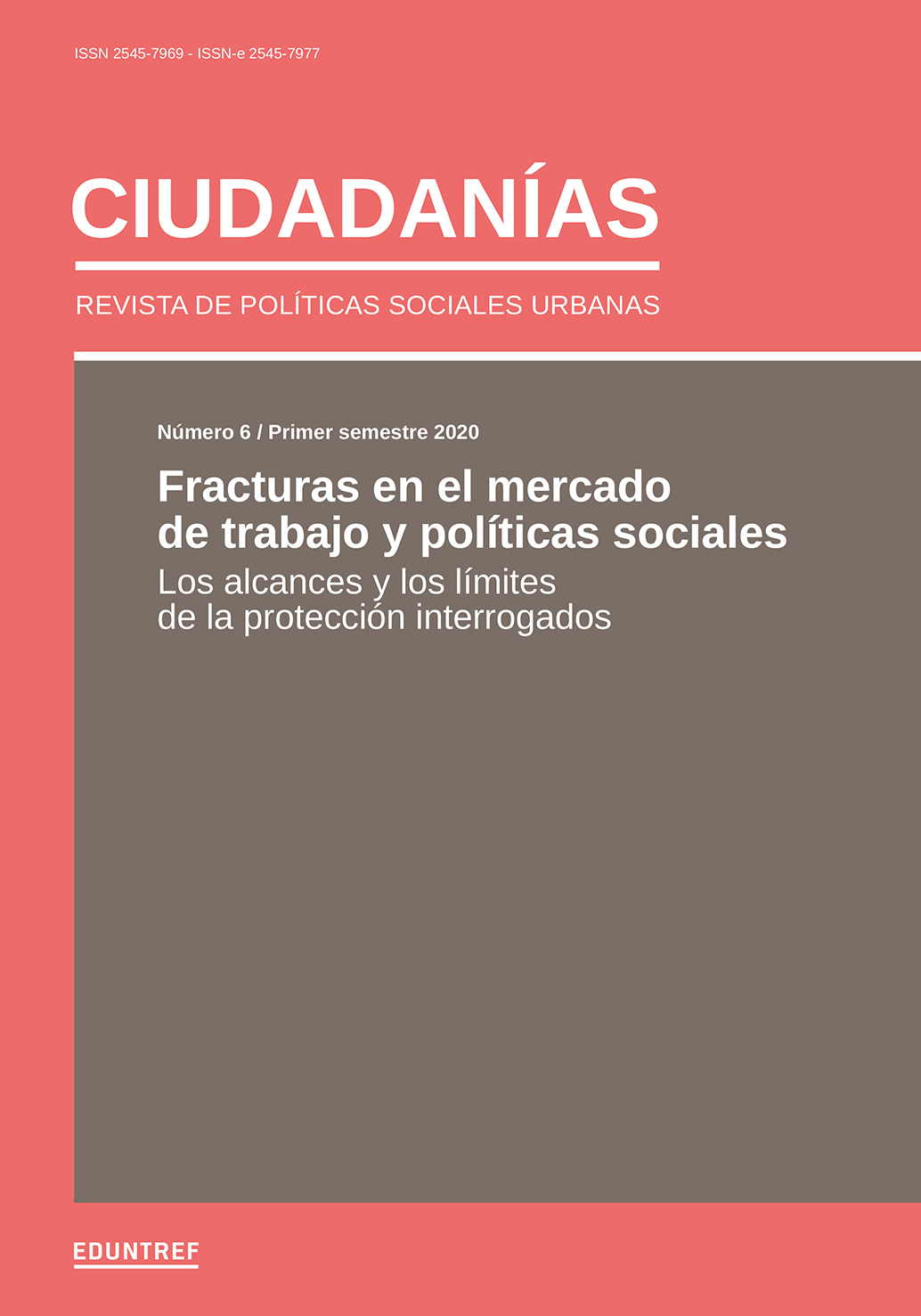Abstract
This article focuses on the evolution of temporary and self-employment programs implemented to address various labour market issues, namely unemployment, labour insecurity and informal labour, and the income instability associated with them. These issues have characterized Argentinean labour markets and shaped the reproduction of low-income populations in the country between 2009 and 2019. With this in mind, the paper studies federal employment programs, and the relations between them and cash transfer programs that have become widespread since the creation of the federal Child Benefit Allowance Program (Asignación Universal por Hijo) in 2009. Using a mixed methods approach that combines qualitative and quantitative information, including budgetary data, living conditions statistics, document analysis and interviews with key informants, I will explore whether temporary employment programs were displaced by cash transfers. The paper argues that successive governments have maintained temporary employment programs, which resulted in forms of complementarity between cash transfers and social assistance policies with labour or education conditionalities

